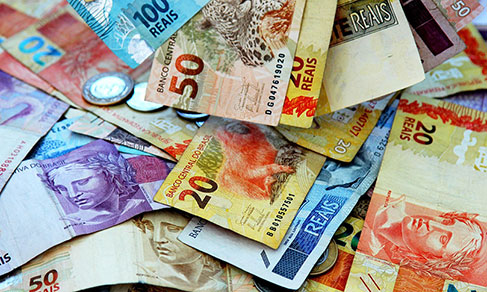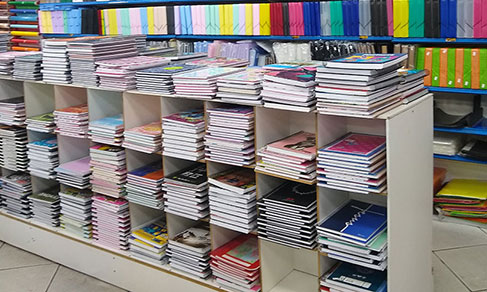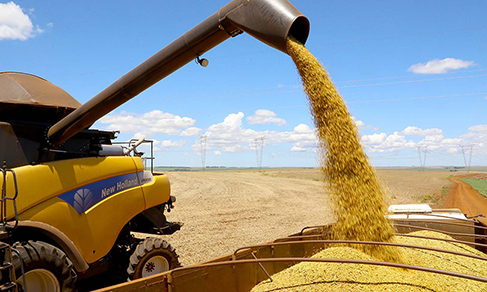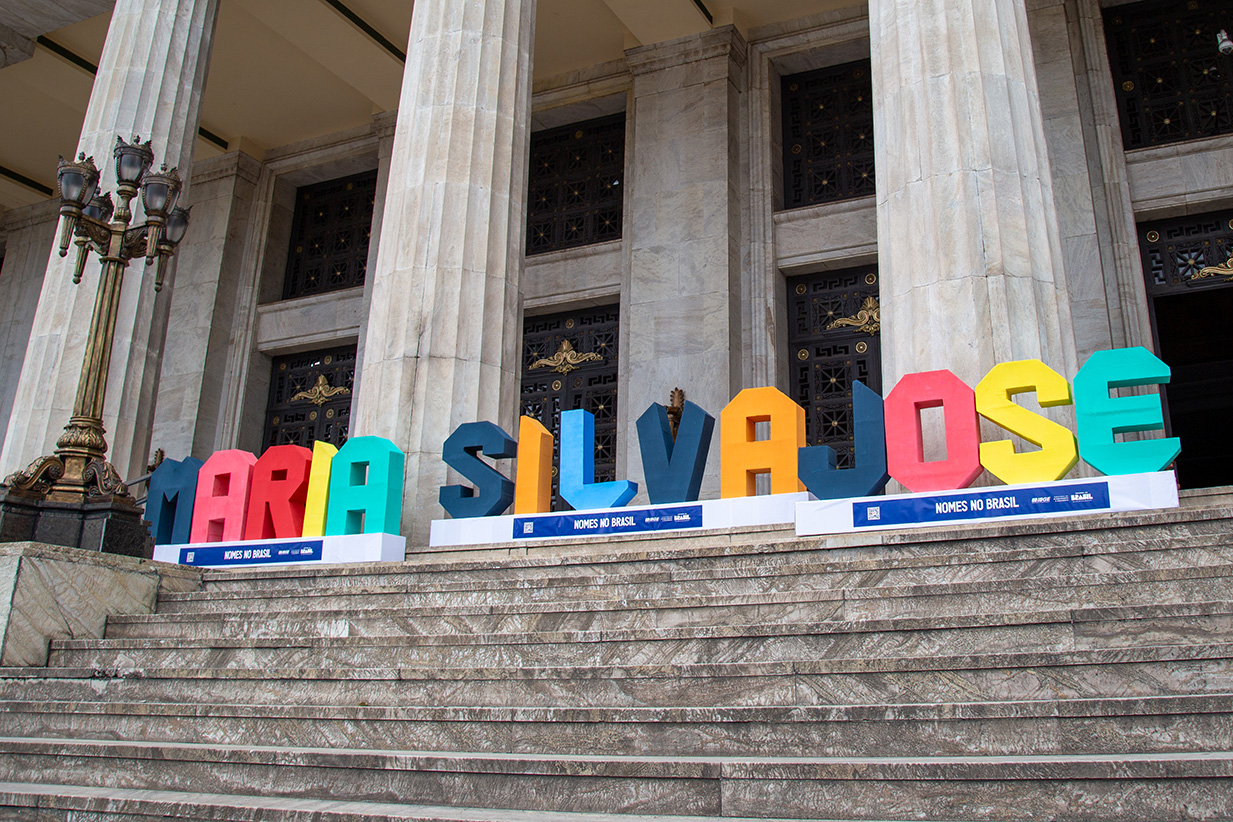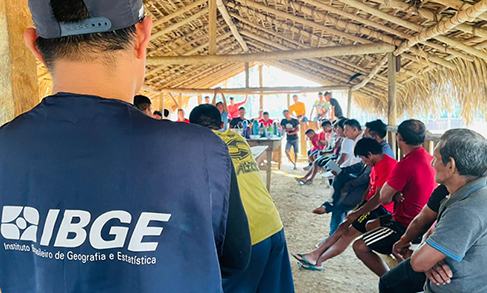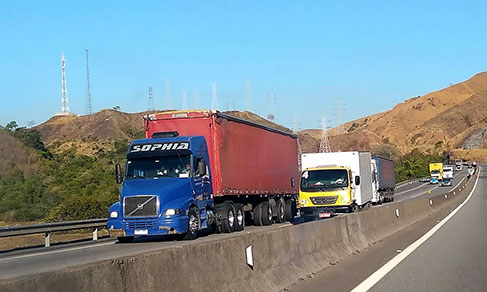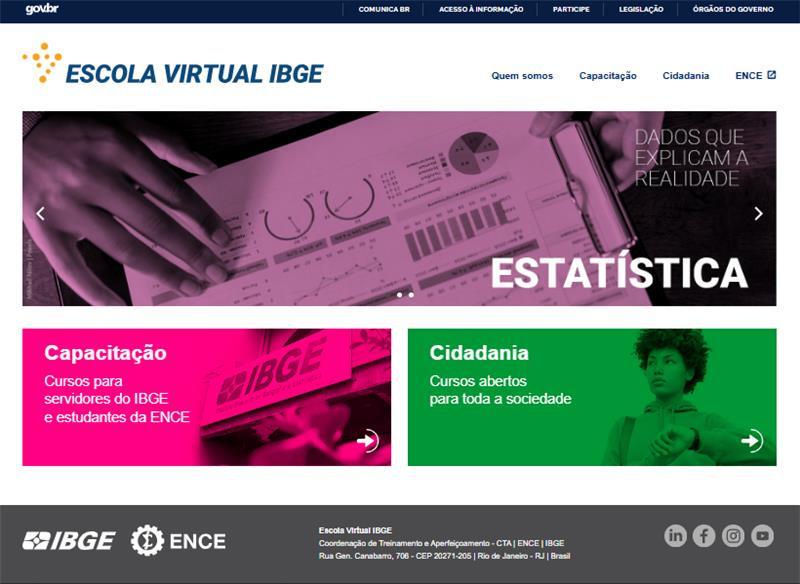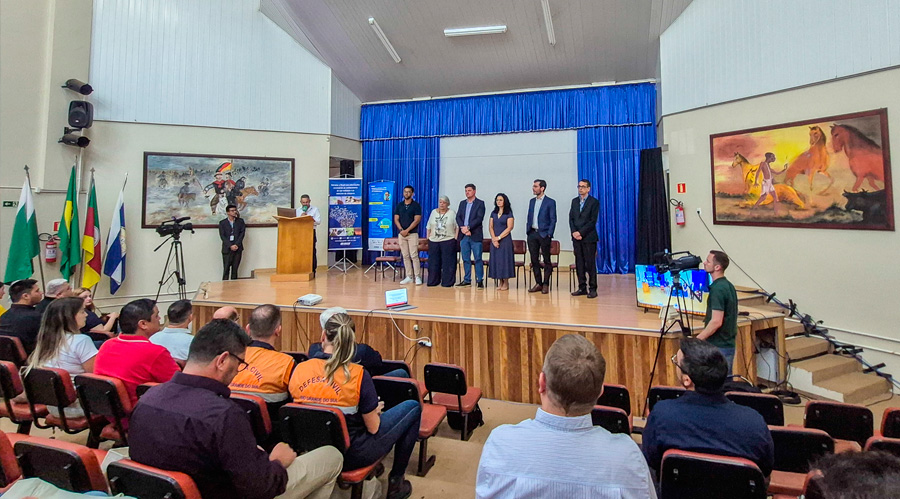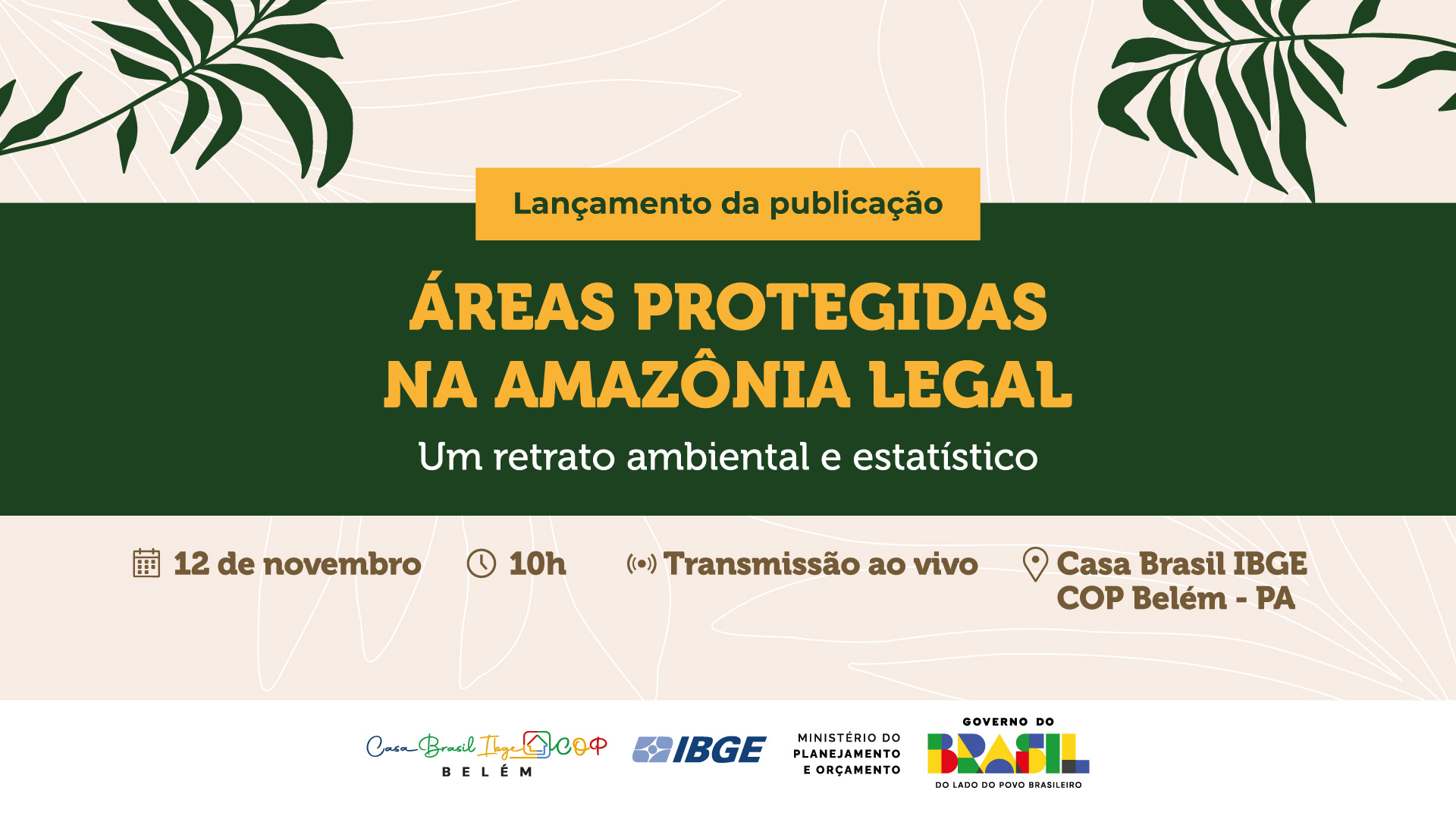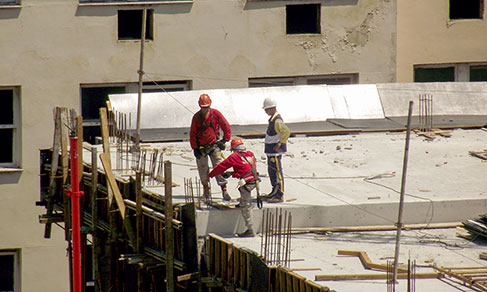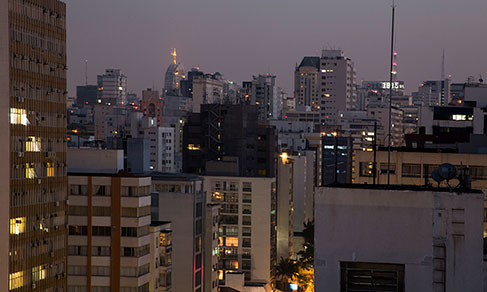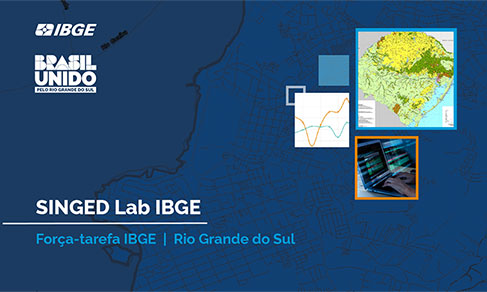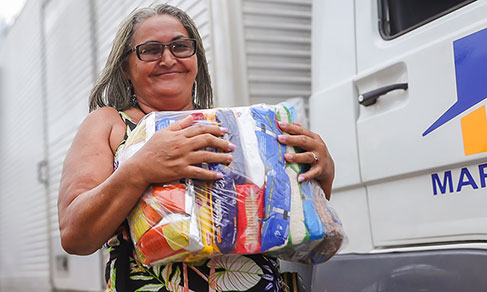Triple Forum
Artificial intelligence, HDI, and public policies set the tone at the COP30 Panel Session on the first day of the Triple Forum
June 12, 2025 12h03 PM | Last Updated: June 16, 2025 04h28 PM
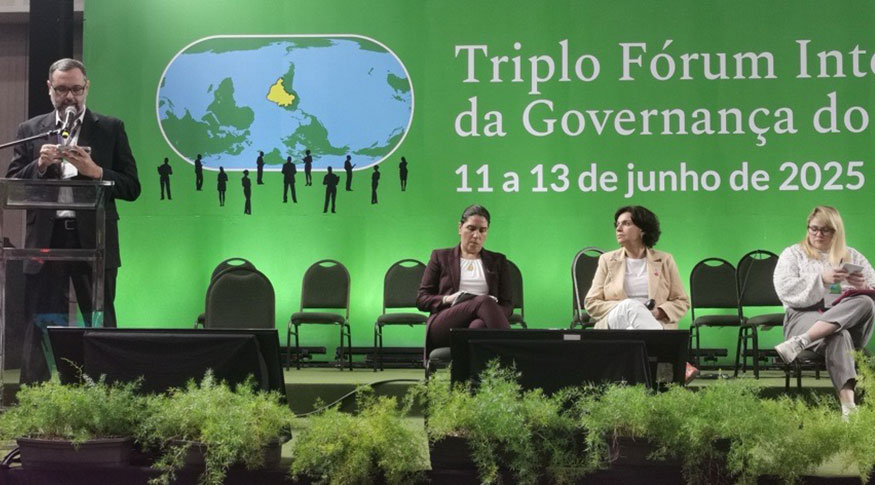
Rony Helder Nogueira Cordeiro, IBGE superintendent in Pará, was the mediator of the COP30 panel – New indicators and strategic themes for the development and sustainability of countries in the Amazon biome in the Digital Age, on the afternoon of Wednesday (11/06), as part of the first day of the Triple International Forum on Global South Governance, organized by the Brazilian Institute of Geography and Statistics (IBGE), in cooperation with Ceará State Government, from June 11 to 13, in Fortaleza (CE). The plenary sessions will be broadcast through Digital IBGE and other social media channels of the Institute. Registration is still open, see the schedule on the event portal.
The meeting is supported by the UN Development Programme (PNUD), do Banco do Nordeste do Brasil (BNB), United Nations Children´s Fund (UNICEF), Ceará Without Hunger, Company of Participation and Assets Management of Ceará S.A. (Ceará Par), Secretariat of Tourism of Ceará, National Secretariat of Youth - General Secretariat of the Presidency of the Republic and other partners.
“What we measure affects what we do.” With this sentence, Almudena Fernandez, chief economist at the Bureau for Latin America and the Caribbean (RBLAC), began her speech, alongside her colleagues Betina Ferraz Barbosa, coordinator of the Human Development Unit of the United Nations Development Programme (UNDP); Benedito Caldas (remotely), general coordinator of Regional Planning of the Superintendence for the Development of the Amazon (SUDAM); and Samara Pereira Farias, executive manager for Strategy, Organization and Sustainability of the Bank of the Amazon (BASA).
The purpose of the panel was to reflect on the construction of new indicators capable of integrating environmental, social, economic and cultural variables of the region, incorporating contributions ranging from remote sensing and artificial intelligence to the traditional knowledge of indigenous peoples and local communities. In addition, it was in line with the climate agenda of the 30th UN Conference on Climate Change (COP30) to identify strategic themes with an eye on the integrated governance of the Amazon.
Artificial intelligence to measure development
Measuring development indicators impacts the time it takes to make decisions about planning public policies. And if we use the wrong measures, we will end up doing the wrong things. Based on this point, Almudena highlighted the importance of Artificial Intelligence, which can help us with new data and new ways of measuring development, which is now, after a long journey, aligned with inequality measures.
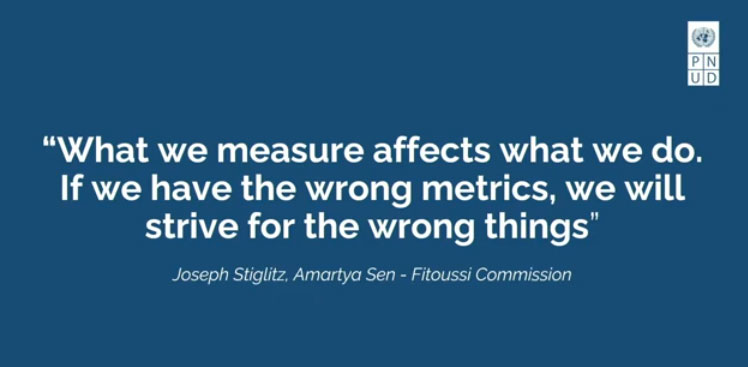
Measuring development indicators impacts the time it takes to make decisions about planning public policies. And if we use the wrong measures, we will end up doing the wrong things. Based on this point, Almudena highlighted the importance of Artificial Intelligence, which can help us with new data and new ways of measuring development, which is now, after a long journey, aligned with inequality measures.
She also reviewed some milestones in the measurement of the Human Development Index (HDI). One of them was when the index began to be adjusted to planetary pressure. “This means that the measure of development is revolutionary and will remain so if it considers the global challenges we face.” For her, it is necessary to try to strike a balance between human development and the issues that affect planet Earth. Currently, according to her, there is no country in the world that has a high Human Development Index and low planetary pressure, despite this being a goal that must be achieved.
Regarding Artificial Intelligence (AI), Almudena reflects on how it can enhance environmental management in Latin America and the Caribbean. According to her, 40% of the world's biodiversity is found on this continent, which makes the ecosystems found there extremely important for regulating the climate, mitigating environmental disasters and capturing carbon, for example. However, deforestation and uncontrolled urbanization are imminent threats. “AI is a fundamental pillar for environmental surveillance, monitoring the environment in real time and accurately measuring climate risks.”
The nuances of the Human Development Index – HDI
To think about equality – a central pillar for building the future – we must not stray from the analysis of inequalities. With this idea, Betina Ferraz Barbosa, coordinator of the Human Development Unit of the United Nations Development Programme (UNDP), and with vast experience in coordinating analyses on the Municipal Human Development Index (MHDI), brought data from the latest UNDP Brazil report (2023) “Building paths, agreeing on new horizons”.
Betina Barbosa mentioned the positive path of human development. “The Brazilian MHDIs were bad in 1991, with low numbers, but over the years they have improved and reached higher levels”. Betina emphasizes that HDIs can only be measured by population censuses, which is why UNDP is awaiting the results of the 2022 Census to complete the analysis of the second decade of the 21st century. Despite the achievements, Betina recalls that they were interrupted at two specific times: the 2008 global financial crisis and the COVID-19 pandemic in 2020. “There was a drop in the HDI in all Brazilian states due to COVID-19. There was a 6 year regression of the HDI due to the pandemic.”
Betina also showed impressive results among Brazilian states. “Brazil has, on average, a high HDI, but when we look at the states, there is a huge difference. Most Brazilians live in states with low HDI in Brazil.” For her, the impact of a systemic crisis like Covid-19 on human development is huge, and has been more significant for the northern states, whose economy is based on the Amazon biome. “Achievements are always slow and, unfortunately, progressive and systemic crises, like the pandemic, can abruptly shake what has been achieved.”
Also regarding the pandemic crisis, she mentioned that Maranhão was the state that, despite having the highest level of poverty, according to the World Bank, had the best mortality rate from the virus. “We observed that the states with the lowest HDI created different mechanisms to overcome crises. If Brazil’s rate were the same as Maranhão’s, 400,000 fewer people would have died.” The face of Brazilian inequality is horizontal and reflects, however, vertical inequalities, especially when divisions of color or race and gender are considered. “In terms of race, black and brown, and of gender, women are considered. These are the homes where most young Brazilians live.” She asks the question, already prompting the answer: “What will the future of Brazil be like? The Brazilians of the future come from homes headed by poor black women.”
As for ideas and recommendations, Betina considered: focusing more on the income and education dimensions; using gender and color or race perspectives to study inequalities and create data panels to better deal with systemic crises and that dialogue with the climate change agenda; better understanding the demographic transition and providing investments in Artificial Intelligence.
Regional Development Plan for the Amazon
The coordinator-general of Regional Planning at SUDAM, Benedito Caldas, considered that the superintendence has been promoting the integration of public policies in the Amazon, working in synergy with different actors and channeling resources to implement the projects of the Regional Development Plan for the Amazon (PRDA) through joint efforts. According to him, the objective of the PRDA is “to reduce regional inequalities, including programs, goals and actions for the economic and social development of the Amazon”.
The PRDA, which will run from 2024 to 2027, covers 6 axes, 11 programs and 79 strategic actions, in alignment with the main planning instruments and major policies of the Federal Government. To formulate the PRDA, 492 people from 23 Federation Units, including the Legal Amazon, contributed through an online public consultation. “There were several rounds of dialogues with SUDAM, which helped to promote alignment with the ministries and state governments.”
Listening to the executor of public policies
Samara Pereira Farias, executive manager of Strategy, Organization and Sustainability at Banco da Amazônia (Bank of the Amazon - BASA), brought reflections to the debate on the perspective of the executor of public policies. According to her, BASA has been operating in the Amazon for over 80 years and in 100% of the municipalities in the Legal Amazon. “We have a network of more than 80 financing units for small businesses, taking into account that operating in the Amazon is a major and constant challenge in terms of logistics.”
For Samara, developing indicators for public policies in the Amazon means thinking about a territory where family farmers, quilombolas, riverside communities, and indigenous people live together, in other words, populations that need assistance and a lot of observation. She goes further by pointing out that from the perspective of COP30, “we can no longer just think, we have to execute and demonstrate”. And she asks in light of those who operate public policies: “does the data we have today meet the needs of these people?”
Samara pointed out that what is being done at the bank is still not enough, but it creates in its rules for applying resources business lines focused on energy transition, family farming, micro and small businesses, in other words, it seeks to meet what is important in the territory. “We want to put the people of the Amazon on the spotlight, as protagonists, and listen to them so that we can then think and plan the implementation of policies.”

At the end of the four presentations, Rony Helder opened the session for questions from the audience. The current indicators are effective in considering the environmental, social and economic complexity of the Amazon, and how the UNDP and development banks view the processes of adaptation to climate change in trade, services, industry, and governance of these actions were some of the questions posed to the speakers.
The panel ended with an invitation from Rony Helder to continue the dialogue “in 143 days at COP30” and a performance by the Ceará chorinho band NewChoro.
The "Triple International Forum on Governance of the Global South - New indicators and strategic themes for development and sustainability in the Digital Age" aims to organize a technical debate, bringing together the heads of National Institutes of Statistics, authorities, parliamentarians, public and private managers, universities, civil society entities, young researchers, students, among others, around the challenges of international governance in the Digital Age and its impacts on the economies of the Global South.


